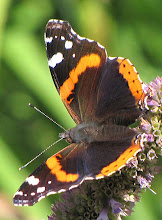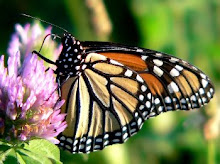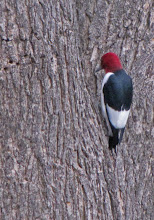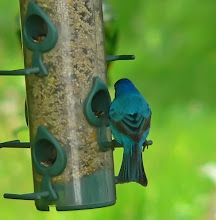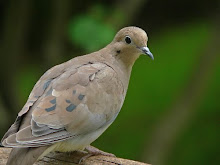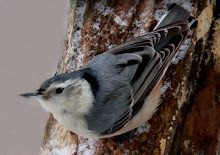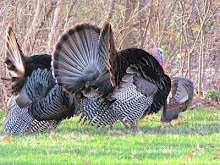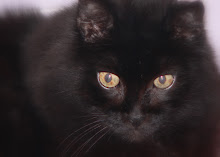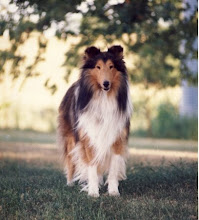In the dark of December
A magical thing
And sweet to remember.
~ Oliver Hereford
And sweet to remember.
~ Oliver Hereford
When the flowers have died back for the winter months, my backyard looks empty. This is the season I really depend on wild birds to add movement and interest to my garden. On frigid winter mornings, tea or cocoa in hand, I sit by the window and watch them for hours
The first two photos are Downey Woodpeckers. The male and female are very alike except for that spot of red on the head of the male. They announce their arrival at the feeders with a little quacking sound.
The first two photos are Downey Woodpeckers. The male and female are very alike except for that spot of red on the head of the male. They announce their arrival at the feeders with a little quacking sound.
These tiny woodpeckers are the most frequently seen at feeders. Although very small, they are not as shy as their larger cousins. Downeys usually find the suet and bird seed quickly and lead the larger woodpeckers to the treats.
If you are trying to attract woodpeckers to your backyard, use one of the premium suet cakes like the Kaytee or the Wild Birds Unltd brand. You can also use real suet from a butcher shop but hang it somewhere the raccoons, cats and opossums can't reach it.
If you are trying to attract woodpeckers to your backyard, use one of the premium suet cakes like the Kaytee or the Wild Birds Unltd brand. You can also use real suet from a butcher shop but hang it somewhere the raccoons, cats and opossums can't reach it.

In addition to the Downeys, last weekend my suet feeders were visited by Hairy Woodpeckers, Red Bellied Woodpeckers, Nuthatches, Chickadees, and a Tufted Titmouse. I have been hoping for a Titmouse for ages and finally one has found the suet and peanut feeders. I'll try for more photos next week if the weather cooperates and provides some sunshine.

The Gold Finches are wearing their olive drab feathers now. Thistle seed served up in a soft 'sock' is one of the best loved treats in my garden. These feeders stay busy all day, every day, with hungry finches squabbling over the tiny seeds. Later when we have snow cover, the Red Polls may visit this feeder. If food is in short supply farther north in the forests of Canada, they arrive in the area in large, hungry flocks.

The Gold Finches are year round visitors at the feeders. They will eat thistle seed, millet and sunflower seeds. I usually hang the thistle socks above the flower borders near the house. The seed is irradiated and will not sprout so you don't have to worry about thistle growing up among your flowers.

There haven't been the usual large numbers of House Finches with me through the summer months. I'm starting to see more of them as the weather gets colder and their natural food supplies decrease.
 There is nothing in which the birds differ more from man than the way in which they can build and yet leave a landscape as it was before.
There is nothing in which the birds differ more from man than the way in which they can build and yet leave a landscape as it was before.~ Robert Lynd







